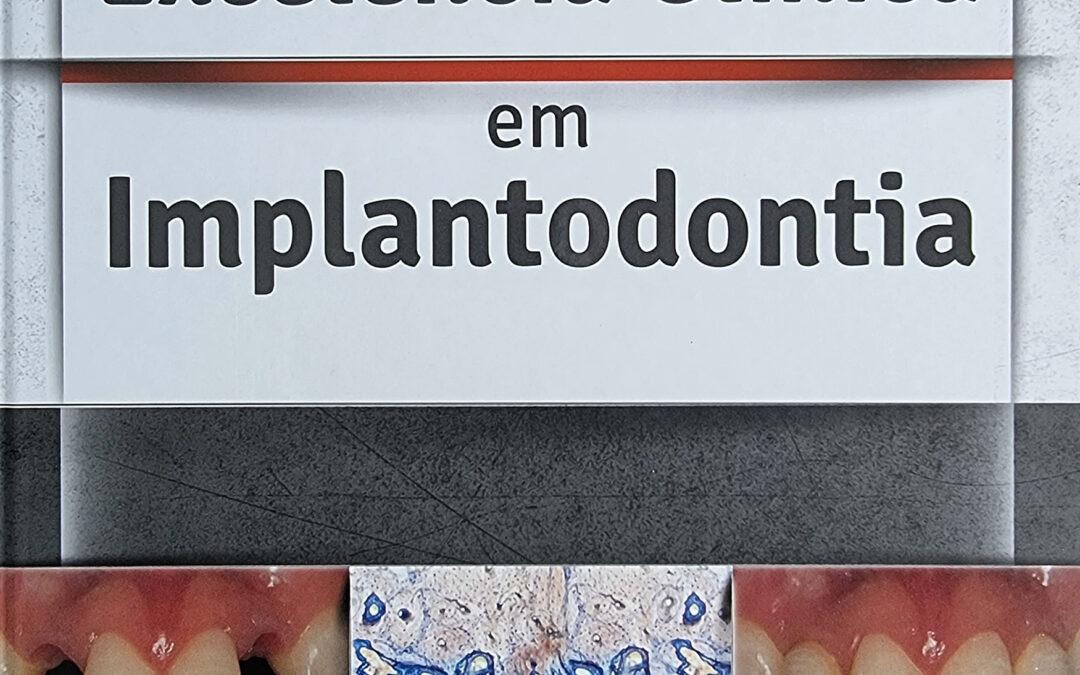Book: Clinical Excellence in Implantology
Autors: Bezerra F., Romanos G.
Chapter 13: Tratamento de Casos Complexos em Implantodontia
Autors: Duarte F., Nucci M.
Reference: Quintessence Editora Ltda. 2013; 13:253-263
ISSN: 978-85-7889-033-9
Abstract: Rehabilitation of the orofacial function of patients partially and totally edents, before the advent of the concept of osseointegration, was performed with removable prostheses. In 1965, they were used for the first osteointegratable implants to treat edentulous patients.1
The techniques of osseointegration for maxillary rehabilitation are more complications than those of mandibular rehabilitation due to the proximity nasal cavities and maxillary sinuses, to the degree of maxillary bone resorption (In particular in the posterior region by early exodontia, pneumatization of the maxillary sinuses) and the quality of the maxillary bone, more vascularized and less dense than the mandibular bone.1 Patients with availability are the exceptions, most present different degrees of atrophy that require the use of alternative techniques of existing bone (eg, pterygoid implant), autogenous or alloplastic bone grafts (eg, onlay bone grafts in the maxilla, bone grafts of the maxillary sinus) or osseogenic techniques of distraction (eg, Le Fort I maxillary fracture).
To be able to offer higher success rates for osseointegration disadvantages, namely the need for multiple surgical interventions, restriction of the use of transitional prosthesis by a long period (at least 4 months), increased morbidity, surgical costs and rates of hospitalization.1,2

